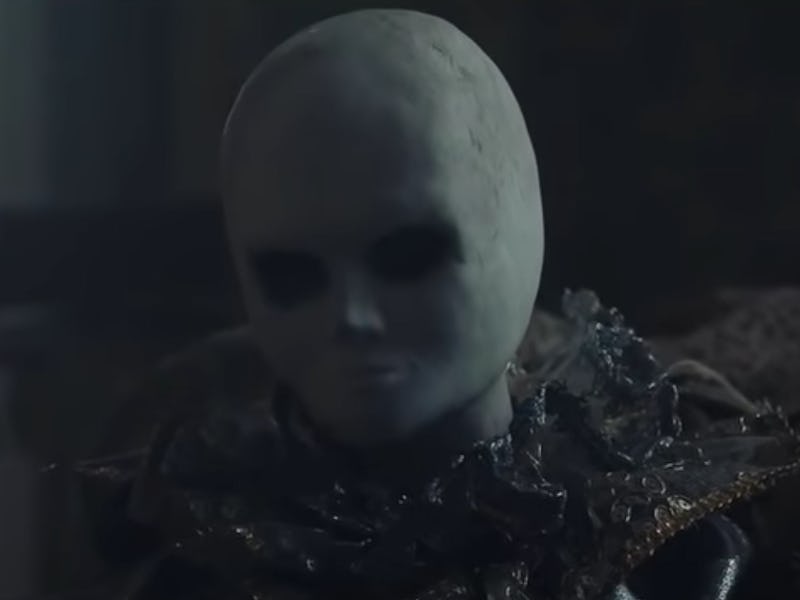A Spotify advertisement has been banned from TV and YouTube in the UK for being too creepy. Using time-tested psychological horror to unsettle viewers, it earned the ire of the UK’s Advertising Standards Authority, which ruled on Wednesday that the ad was “unduly distressing” and shouldn’t be viewed by children. While the ASA deemed the ad too scary for children, the unique psychology behind the ad’s creepiness affects children and adults alike.
It features Camila Cabello’s sexy, summery song “Havana,” a stark backdrop for what’s essentially a trailer for a supernatural horror flick. The “unduly distressing” part of the ad is an expressionless doll with gangly limbs that looks just human enough to be familiar but just un-human enough to be deeply unsettling. And this is exactly how it makes our brains recoil in terror and confusion.
In the long history of creepy dolls, all of them have the same basic traits: expressionless faces and dead eyes. Whether it’s the one in 1936’s The Devil-Doll, 2017’s Annabelle, or the Spotify ad below, all of the most feared creepy dolls are humanoid enough for our brains to process as human but too doll-like for us to be sure. Our brains are wired to recognize other human faces and quickly evaluate them as friends or foes. But with dolls, our brains get confused because their faces lack key features that help us judge another person’s intentions.
That confusion, explain psychologists, is what leads to the unsettling feeling of being creeped out.
Take, as an example, the geisha androids from the 2017 Ghost in the Shell remake. As Inverse reported, these robots are especially creepy because their faces are a mask of human features. Sure, these murderous automatons have cheeks, lips, and eyes, but each of these features is just a bit … off. The same is true of the antagonist in the Spotify ad: This doll has hollow, black eyes and a completely motionless face, at once obviously human and very much not. Its ambiguity puts the viewer’s brain into a deeply uncomfortable space.
That same confusion arises while watching that viral “Hi Stranger” video from 2017, in which a humanoid figure talks sweetly but looks creepy.
In a 2016 paper in the journal New Ideas in Psychology, psychologists at Knox College in Illinois proposed that creepiness ultimately boils down to ambiguity. While we can get a pretty good idea of whether a human means to help or harm us just by looking at it, the blank stare of Spotify’s long-armed creep doesn’t signal any emotion. Since we have trouble judging its intentions, our brain kicks into “ready” mode, just in case it turns out to be a threat.
“Being ‘creeped out’ is an evolved adaptive emotional response to ambiguity about the presence of threat that enables us to maintain vigilance during times of uncertainty,” the paper’s authors wrote.
In the case of the Spotify ad, adults and children alike have the capacity to be creeped out by an expressionless face, but the ASA seems to have decided that kids shouldn’t have to deal with the abject confusion and creepiness it introduces into their brains. Honestly, it’s probably for the best.
